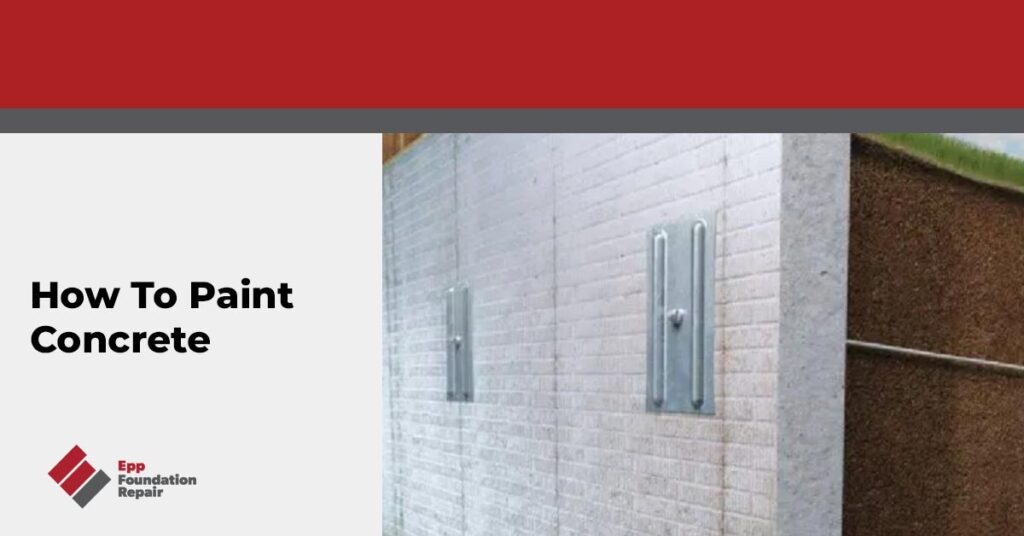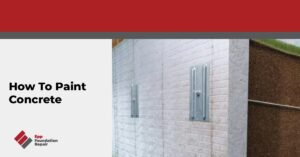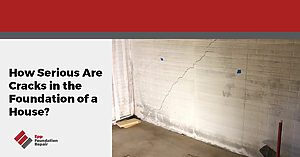Looking for information about how to paint concrete? If so, you’ve come to the right place!
Painting concrete isn’t your typical paint job. Painting concrete is a whole other animal compared to painting drywall. While you can paint drywall in a day or two, you will need at least a week to paint concrete properly.
How to Paint Concrete
The trick to painting concrete lies in the concrete itself: it breathes, absorbs moisture, and sucks up paint. We think concrete looks fine unpainted, but if you’re set on painting your concrete, here’s how you do it:
Strip any old paint
If you’re painting basement walls, remove the old layer of paint with a wire brush or a paint scraper. If you are working with outdoor concrete, you can do this with a pressure washer.
Clean the Concrete
This involves more than just spraying it down with some water. Concrete is a porous substance that traps dirt, grease, and grime. You can remove dirt and grease using trisodium phosphate. Remove any vines or moss with a power washer. After doing this, you may notice a white powder on the concrete called efflorescence. This occurs on damp concrete and can be removed with a masonry cleaner.
Seal Interior Concrete
Still want to keep going? If you’ve made it this far, there are only a few more steps, but at this point, you have clean concrete, so we won’t blame you if you stop here. As previously stated, concrete is porous and can absorb moisture. If you are painting interior concrete, it is vital to seal it. This will prevent moisture from seeping in underneath the paint and causing mold. Use a masonry sealer and follow the manufacturer’s directions on how many layers to apply and when. As well as keeping out moisture, this will also help seal any cracks that may be present, a win-win.
Prime the concrete
Almost there. Like painting drywall, concrete needs to be primed, and the type of primer you use will depend on whether you are painting interior or exterior concrete. Concrete primer or block primer serves two purposes. It fills gaps and cracks and presents an even surface to paint on. After the primer is applied, you will want to wait a minimum of eight hours before you paint, but no more than 30 days!
Paint the concrete
You’ve made it this far, so don’t mess up the type of paint. Masonry paint is designed to expand and contract with the concrete, whereas exterior paint will crack. You will also need a masonry brush as masonry paint is much thicker than standard house paint. If you have a paint sprayer, make sure you consult with someone at the paint store, so you don’t clog it with the thick paint.
Concrete leveling is a crucial step that should precede painting concrete surfaces for several important reasons. Firstly, addressing any unevenness or sloping in the concrete substrate ensures a smooth and uniform surface for painting, which is essential for achieving a professional and aesthetically pleasing finish. Uneven concrete can lead to paint pooling or uneven distribution, resulting in an unsightly and inconsistent appearance. Moreover, leveling the concrete helps to prevent further damage and deterioration, ensuring the longevity of the painted surface. By investing in concrete leveling before painting, homeowners can achieve durable and long-lasting results while enhancing their property’s overall appearance and value. As your local concrete leveling experts in Omaha with over 20 years of experience, we are dedicated to addressing and resolving various foundation concerns.







